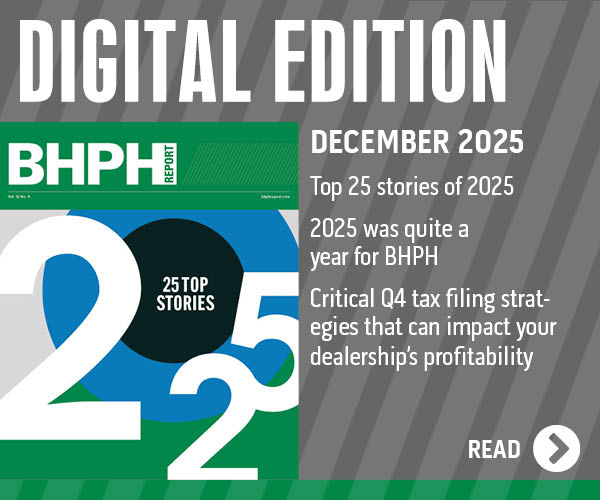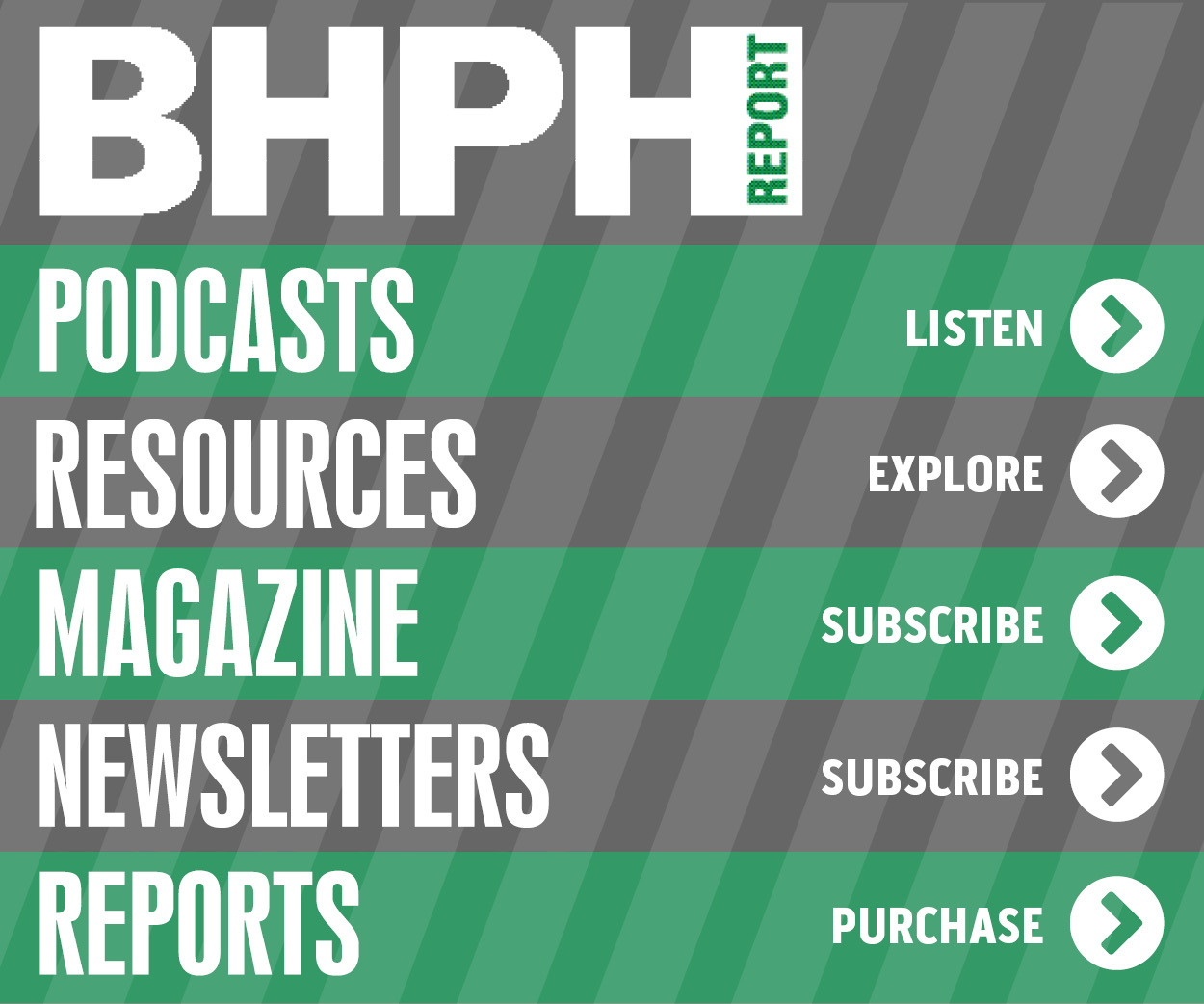10 elements that will factor in your BHPH rebound

By subscribing, you agree to receive communications from Auto Remarketing and our partners in accordance with our Privacy Policy. We may share your information with select partners and sponsors who may contact you about their products and services. You may unsubscribe at any time.
HOUSTON –
The past 24-month period has seen the highest level of subprime and deep subprime competition in history. Fueled by “cheap money” raised with Wall Street syndicated auto bond securitizations, the subprime auto finance market has grown to an estimated $200 billion.
Auto finance receivables, for both new and used vehicles, as of March 31 reached a record $1 trillion with $82 billion outstanding — the highest in history. The deep subprime market (credit scores below 550) has seen credit unions, franchised dealers, finance companies and others compete with independent operators for low credit score customers.
As a result, the independents have lost approximately 20 percent of their market share to credit unions and the captives that finance franchised operators.
Despite this highly competitive environment, “opportunity knocks” for the independents today.
Many of the deep subprime auto bonds are experiencing higher defaults, and repayment performance is deteriorating. Finance companies and captives have tightened underwriting and credit criteria in 2017 in an effort to reduce losses. Banks are under increased regulatory scrutiny to tighten credit standards and shift lending to higher credit quality customers. These changes will reduce competition in the subprime and deep subprime credit sectors in the future.
As subprime customers default they will return to the independents and their vehicle repossessions will be available at auctions.
Subscribe to Auto Remarketing to stay informed and stay ahead.
By subscribing, you agree to receive communications from Auto Remarketing and our partners in accordance with our Privacy Policy. We may share your information with select partners and sponsors who may contact you about their products and services. You may unsubscribe at any time.
The ability to capitalize on opportunity in the subprime finance market will be dependent upon the following:
1. Capital availability to grow and regain lost market share with the financial flexibility to accomplish it.
2. Efficient systems and processes that enable operators to increase originations without corresponding increases in overhead.
3. A proactive approach in connecting with customers previously lost to competitors who will now be needing transportation.
4. Good underwriting practices, which properly match the customer with a vehicle, they can afford over a reasonable payment term.
5. Good collection procedures, which keep each customer paying over the life of the contracts.
6. A compliance management system, which helps operators avoid regulatory and legal mistakes which can cost them millions.
7. Recovery operations which reduce losses when customer defaults occur.
8. Business models that maximize the cash return on their portfolio investment.
9. The right inventory to get the best customers back.
10. Knowledge of the latest rules and regulations and relevant training for their employees to operate successfully.
It sounds simple, but doing the above will not be easy. It starts with each operator’s commitment to address the items above in their own operations. Hoping the competition will go away is not a prudent strategy. Operators must be proactive to make 2018 a better year.
NABD’s upcoming BHPH Conference on Oct. 23 through 25 in Orlando’s Rosen Centre will focus on the opportunity in the subprime auto finance market, and suggest the best ways to respond to the current challenges. A sold out Solutions Hall will showcase capital providers and the newest products and services to help operators be more efficient and to maximize profits and cash flow. Industry technology has never been better but each operator must properly integrate it.
For further information, or to register, visit www.bhphinfo.com or call (832) 767-4759. Early registration discounts are available prior to Sept. 23. NABD has arranged $179 per night room rates at Rosen Centre with no resort fees while supplies last. Don’t miss this opportunity to prosper in subprime auto finance today. Good luck!
Ken Shilson is president of Subprime Analytics (www.subanalytics.com) and the National Alliance of Buy-Here, Pay-Here Dealers (www.bhphinfo.com). Subprime Analytics uses data mining to perform computerized portfolio analysis for operators and capital providers. NABD is the nation’s largest BHPH special interest group for operators and product providers with more than 13,000 members.


